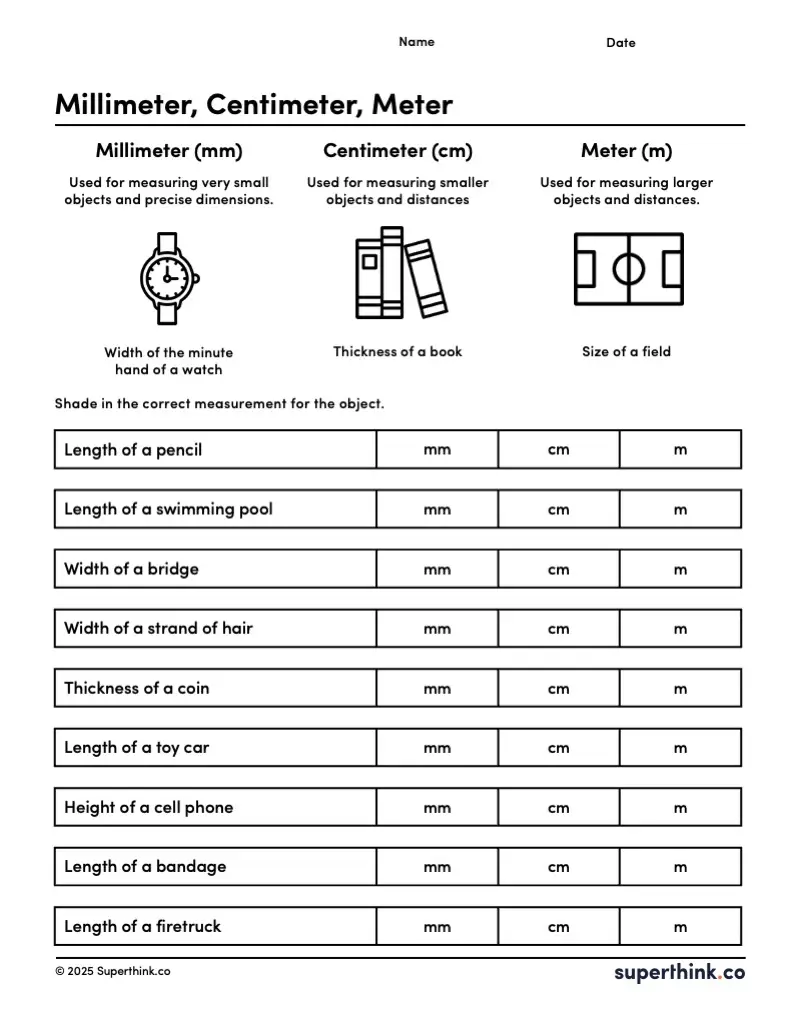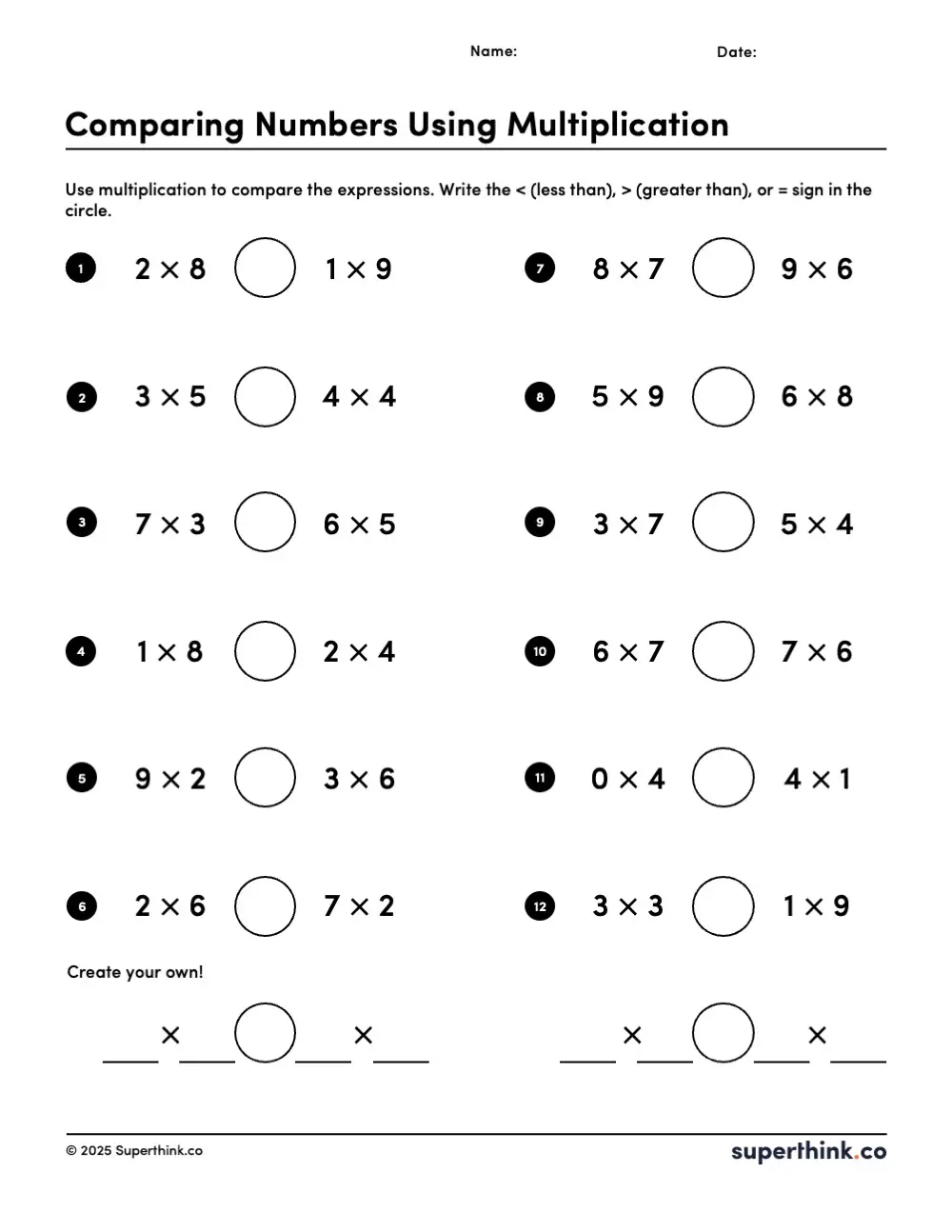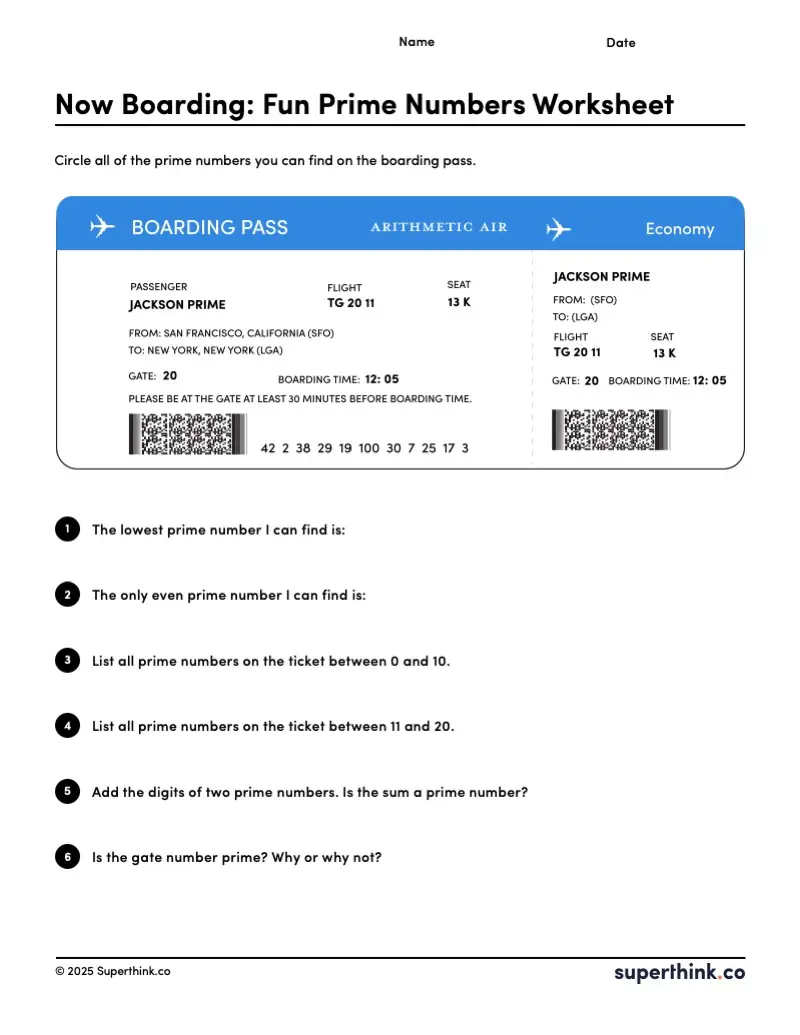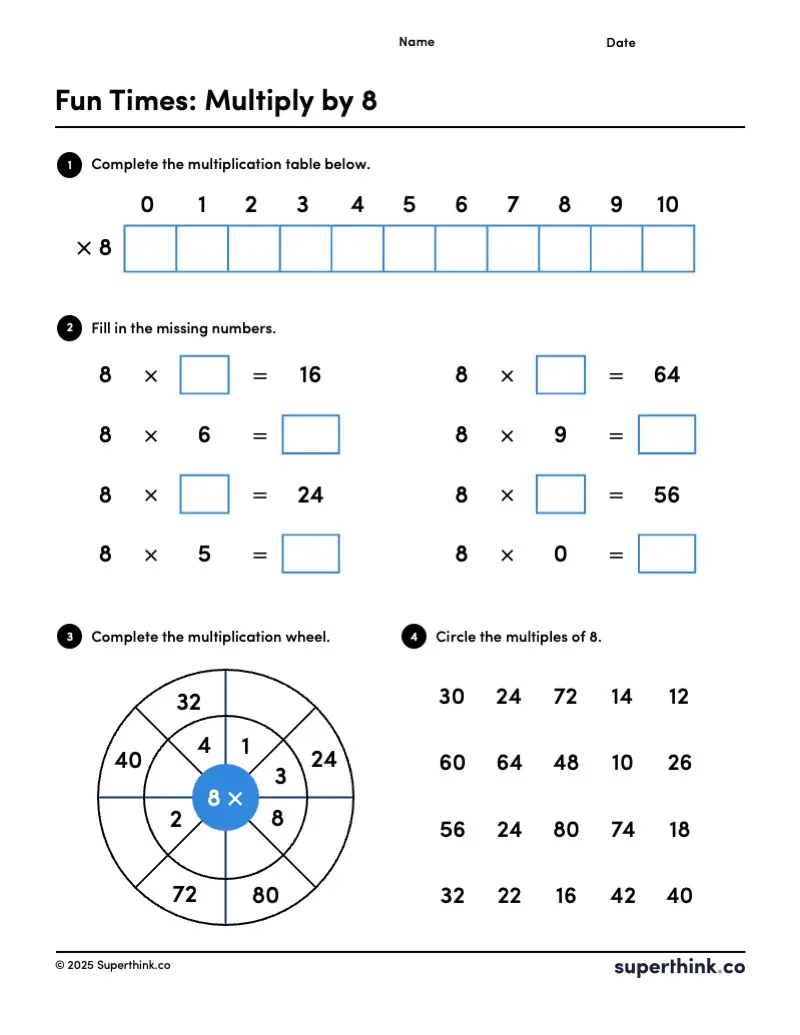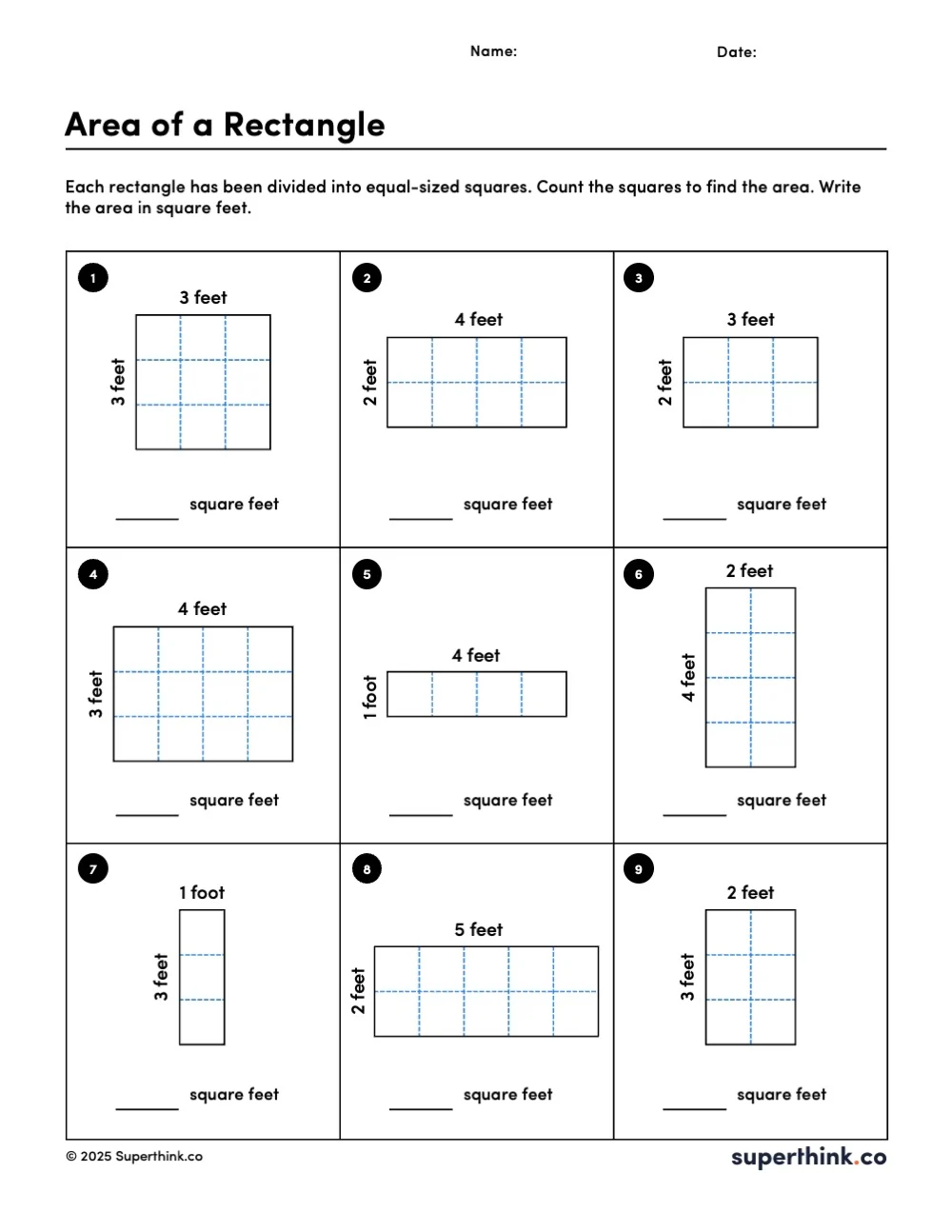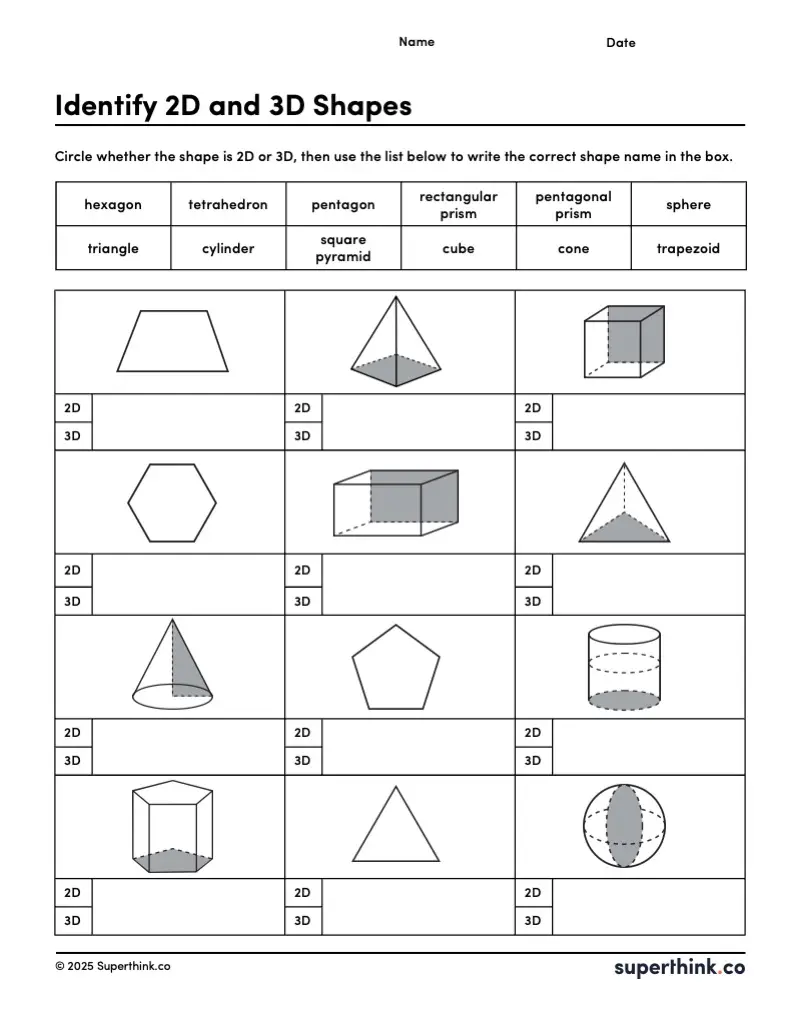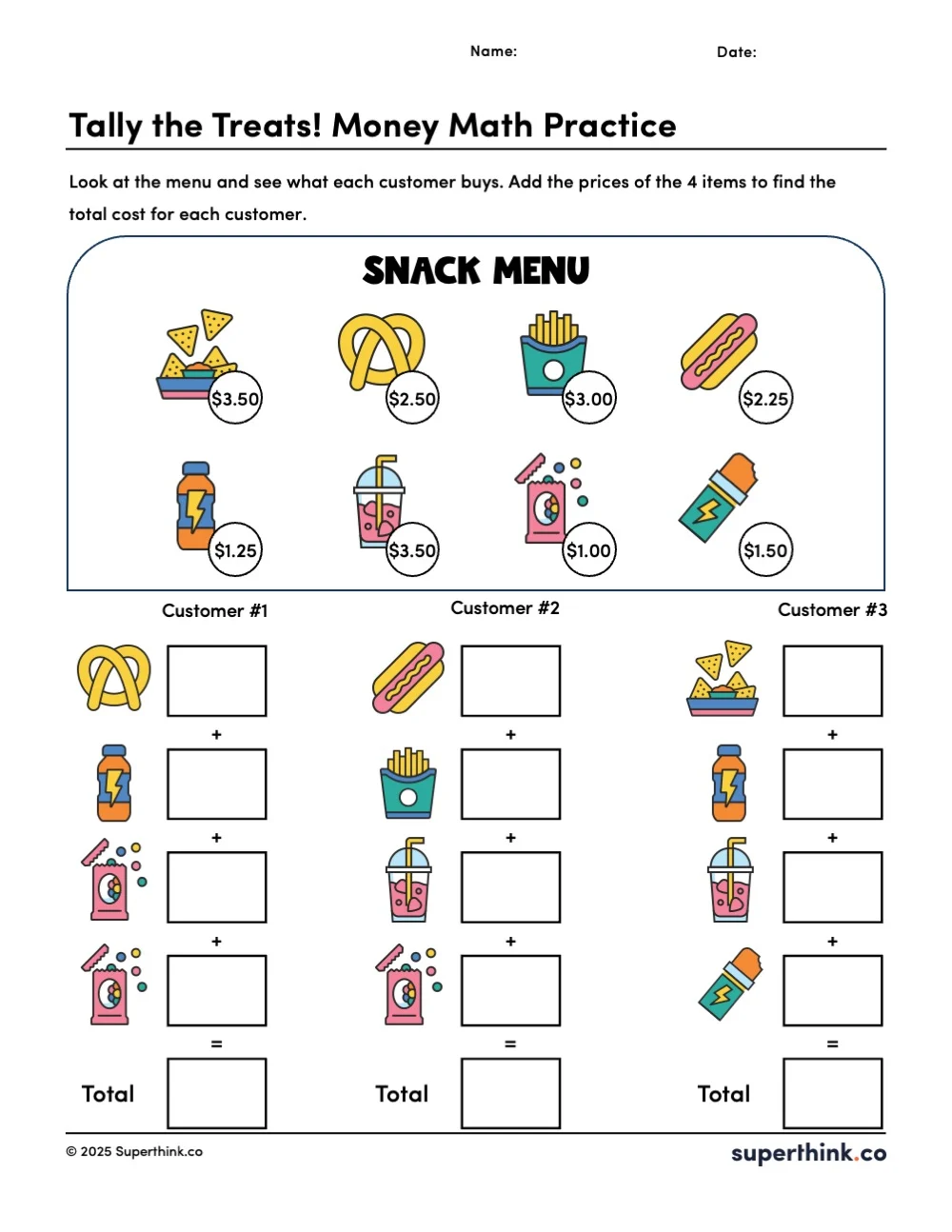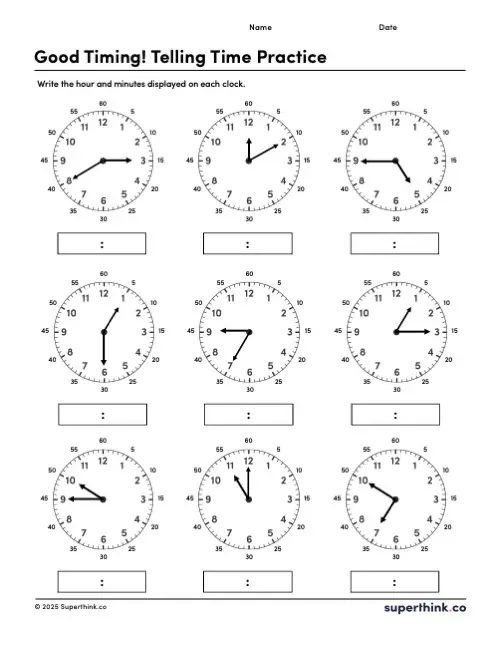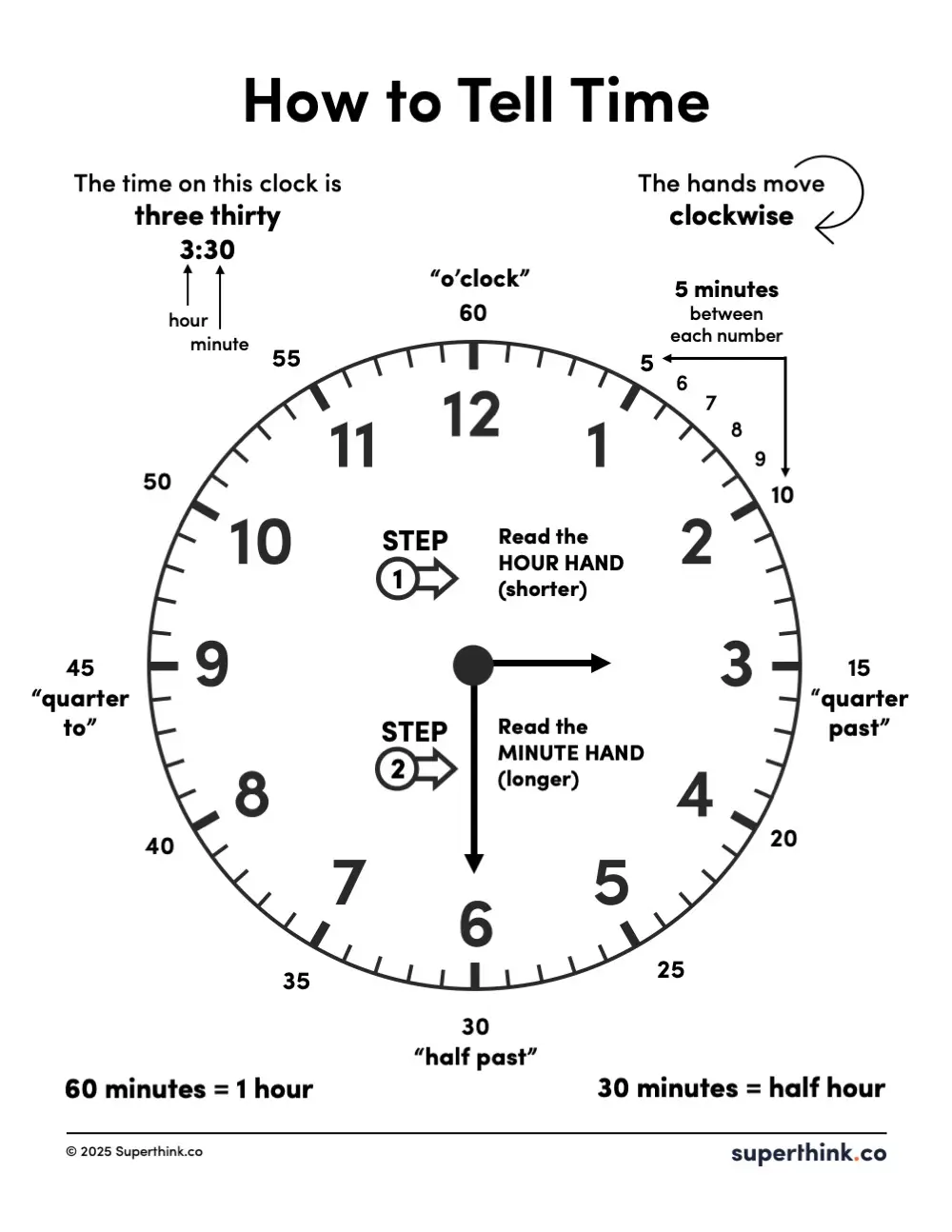Inside the Metric Measurement Worksheet: Millimeter, Centimeter, or Meter?
This free metric measurement worksheet helps students practice selecting the most appropriate unit of measurement—millimeter, centimeter, or meter—for different real-world objects. Understanding the metric system is an essential part of elementary and middle school math, but for kids, it can feel abstract unless they can see and feel what those measurements really mean. That’s exactly what this worksheet helps with. Students will analyze a list of nine everyday items and determine which metric unit best fits their size. Perfect for elementary school learners, this worksheet builds foundational math skills in a fun and interactive way!
Why Kids Love It (and Learn from It)
This worksheet is more than just ticking boxes. It’s filled with thoughtful details that make the learning stick:
-
Real-World Objects: The items students evaluate—books, pencils, shoes, fields—are familiar. That makes the task feel more relevant and meaningful.
-
Icons for Each Item: Visuals add a layer of support, helping younger learners connect the object to its size. For example, a small picture of a wristwatch cues students to think small (maybe millimeters), while a soccer field icon invites thoughts of meters.
-
Hands-On Thinking: It isn’t just about memorizing definitions. Students are estimating, comparing, and reasoning, which are the heart of strong math thinking.
What Skills Are Reinforced?
This worksheet strengthens more than just measurement vocabulary. Here’s what students are really working on:
-
Estimating and Comparing Lengths: They’ll develop a better sense of size by visualizing how long or wide different objects are.
-
Choosing the Right Unit: It takes logical thinking to decide whether millimeters, centimeters, or meters are most appropriate—and that decision-making builds confidence.
-
Applying Math in Real Life: Measuring isn’t just for the classroom. This worksheet helps students see how math connects to everyday experiences.
-
Strengthening Number Sense: Thinking about measurement deepens their understanding of quantity and proportion.
Tips for Teaching Metric Measurement
Want to make your lesson even stronger? Try these classroom-tested ideas:
-
Use Objects from the Classroom: Bring in rulers, shoes, glue sticks, or even the classroom door. Ask students to guess which unit fits best, then measure to check their estimate.
-
Relate Units to the Body: Give students physical reference points they can remember:
-
A fingernail is about 1 cm
-
Thickness of a hair strand = 1 mm.
-

